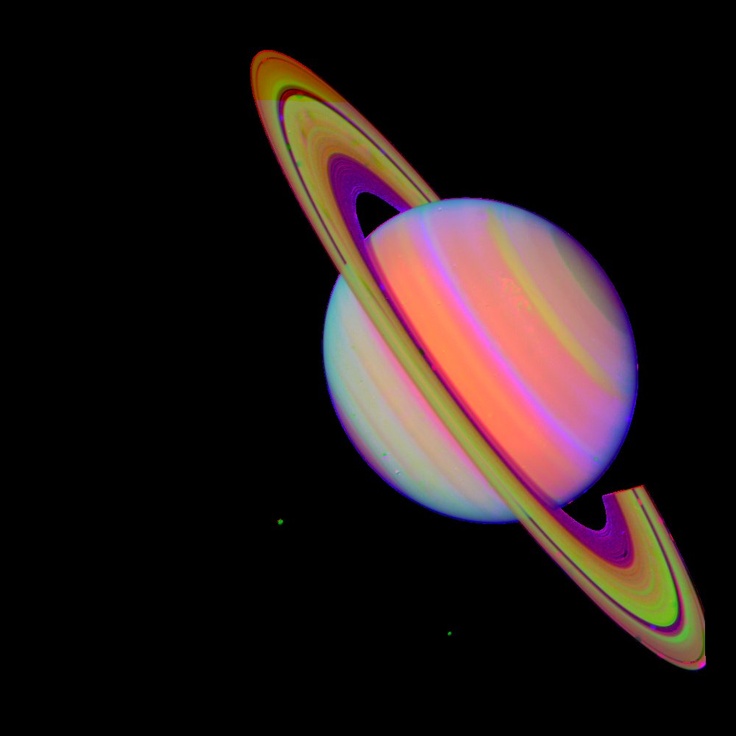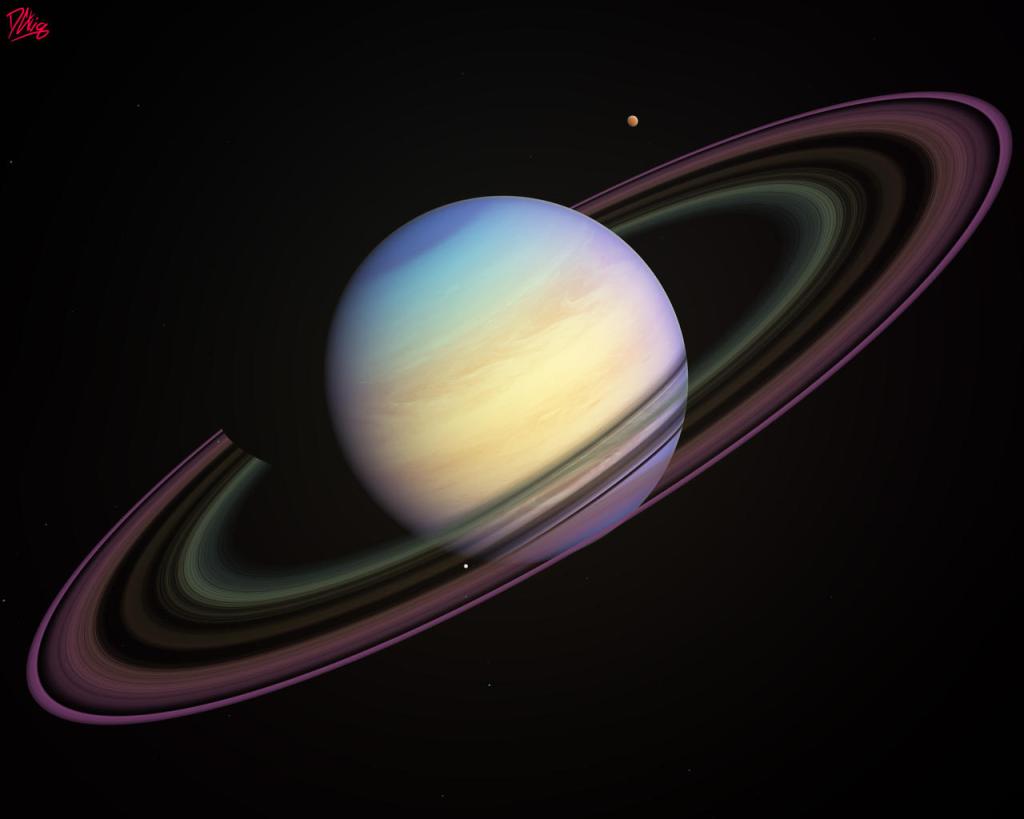
As I read through section 11.1 in our textbook, I realized that I did not comprehend as much as I would have liked about the differences between our Jovian planets. Therefore, I feel as though doing more research about them and writing this blog post will serve as an amazing study tool! This blog post is all about the composition and atmospheric differences between the Jovian planets in our solar system!
We know that all of the Jovian planets have rapid rotation rates, and we measure them by tracking releases from particles in their magnetic fields. Astronomers have discovered something interesting about the rotation rates of these Jovian planets: they vary based on their latitudes! The equatorial regions of Jovian planets rotate faster than the rest of the planet. However, this extremely fast rotation on Jovian planets causes equatorial bulges. The sizes of these equatorial bulges depend on the balance between the inward pull of gravity and the outward push of rotation. This equatorial bulge helps to keep orbiting objects (including moons and rings ) in line with the planet’s equator!
Now that we have covered the most basic differences, we can move on to the differences between the two planets’ compositions! As we learned during class, Jupiter and Saturn are considered gas giants, while Uranus and Neptune are considered ice giants. Therefore, it makes sense that Jupiter and Saturn are composed of mainly hydrogen and helium, while Uranus and Neptune are made of mostly hydrogen compounds, water, methane, and ammonia. As a matter of fact, Jupiter has such vast amounts of hydrogen and helium that it is called a “failed star.” If Jupiter’s gravity were stronger to heat its interior and create extreme levels of density, it would have the potential to generate nuclear fusion! Jupiter has reached the largest possible radius that it can, and thus, whenever any mass is added to it, the mass would not add to its radius, but the planet would just compress and become more dense.
When looking inside the interiors of Jovian planets, you will find rocky cores and ices. Jupiter’s interior layers are extremely interesting and differ from each other in the phase of their hydrogen. Additionally, unlike other Jovian planets, Jupiter’s temperature increases with depth! It has three levels of hydrogen: gaseous hydrogen, liquid hydrogen, and metallic hydrogen. Saturn has a similar interior to Jupiter, but its layers of gaseous and liquid hydrogen are thicker, while its metallic hydrogen is thicker. Uranus and Neptune never have high enough pressures to form liquid or metallic hydrogen, so they only have a gaseous layer of hydrogen.
This was just a glimpse into the differences between all of the Jovian planets, and there is still so much more to learn! With our test coming up, I hope that this taught you some new information and encouraged you to delve more into the topic for your own enjoyment 🙂





Leave a comment